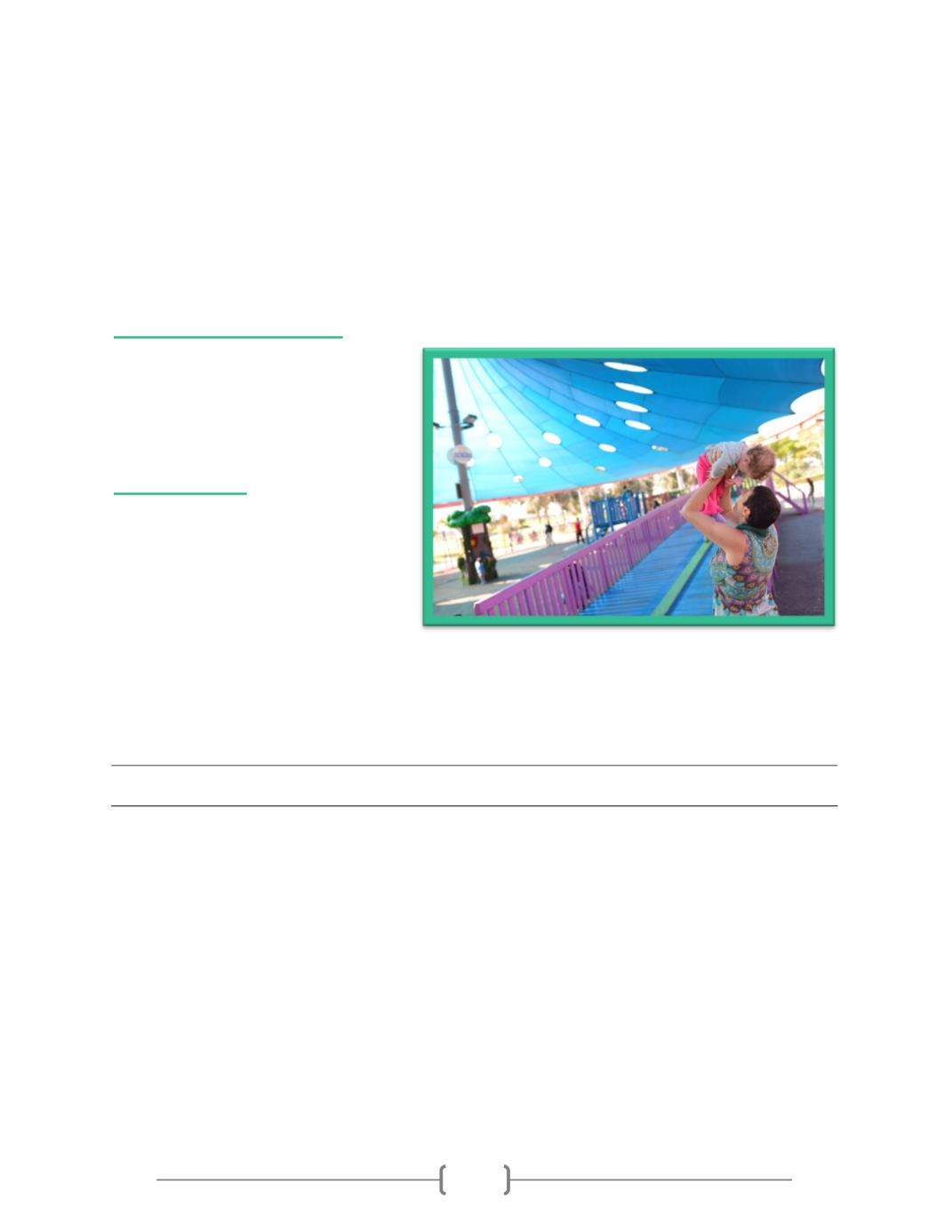

3
In the context of play environments, integration means that a child with disabilities and a child
without disabilities play together at the same place and experience a positive connection, enabling
them to get to know each other, leading to positive change in attitudes, to acceptance and
understanding. Positive social ties are one of the goals of integration.
Accessibility
The term “accessibility” is made up of two words: “access” and “ability”. It means the ability to
access a certain place, or the level of ease and convenience involved in accessing a place.
Physical or sensory accessibility
is the
technical aspect and requires that the
physical environment is designed so
that a person with disabilities can move
from one place to another as
independently as is possible.
Social accessibility
entails opening the
gates to whoever wishes to enter.
Social accessibility means removing
social barriers (especially attitudes &
stereotypes) that prevent people with
disabilities to participate in the
community
.
In many cases, physical accessibility is a pre-condition to social accessibility.
Currently, most playgrounds are not adapted for children with disabilities and are not accessible,
physically or socially.
The Planning Process
Friendship Park is a groundbreaking, unique model of an accessible and inclusive playground for
children up to the age of 12. The park embodies concepts of accessibility and social inclusion, both
through the planning processes of its physical and social aspects and in the activities held within it
since its opening.
Target Population
The accessible playground targets children up to the age of 12:
■
Children with disabilities and their families;
■
Children from the community and their families;
■
Rehabilitative daycare centers, special education schools and nursery schools;
■
Typical educational frameworks;
■
Youth movements;
















